From New Zealand to Thailand, we look at fourteen countries that have implemented plain packaging legislation in a effort to curb smoking rates

(Pixabay)
Better education and the fear factor have been deployed in a bid to curb smoking rates – but plain tobacco packaging is the latest trend among many countries.
Canada became the latest nation to announce it would introduce such regulations earlier this month, joining other countries such as the UK, France and Ireland.
Many of these have adopted the World Health Organization’s (WHO) set of recommendations for how this packaging should look.
This includes having a standard colour and font style, and the absence of anything that makes the packets attractive.
Governments across the world are looking to the policy as, despite overall smoking rates declining worldwide, there were still more than one billion people who smoke tobacco in 2015, according to the WHO.
We take a look at the 14 nations that have either already implemented plain tobacco packaging laws, or which will introduce them in the near future.
Countries that have adopted plain tobacco packaging
Australia (2012)
The Australian government announced it would introduce mandatory plain packaging of tobacco, as part of its strategy reduce smoking rates in the country, back in 2010.
The Tobacco Plain Packaging Act was passed by the Australian parliament in November 2011, with the bill receiving royal assent from the country’s governor-general a month later.
Due to a high court challenge by major tobacco companies including British American, Philip Morris, Imperial Tobacco and Japan Tobacco, the laws were not introduced until December 2012.
UK (2017)
Almost three years after Australia’s plain packaging regulations were put into law, the UK’s parliament passed a motion to standardise tobacco packets by 367 votes to 113 in 2015.
Five days later, the House of Lords approved the bill and the measures took effect in May 2016.

The new standardised plain packaging hit the shelves in the UK a year later.
France (2017)
In December 2015, François Hollande’s French government passed laws to introduce plain packaging.
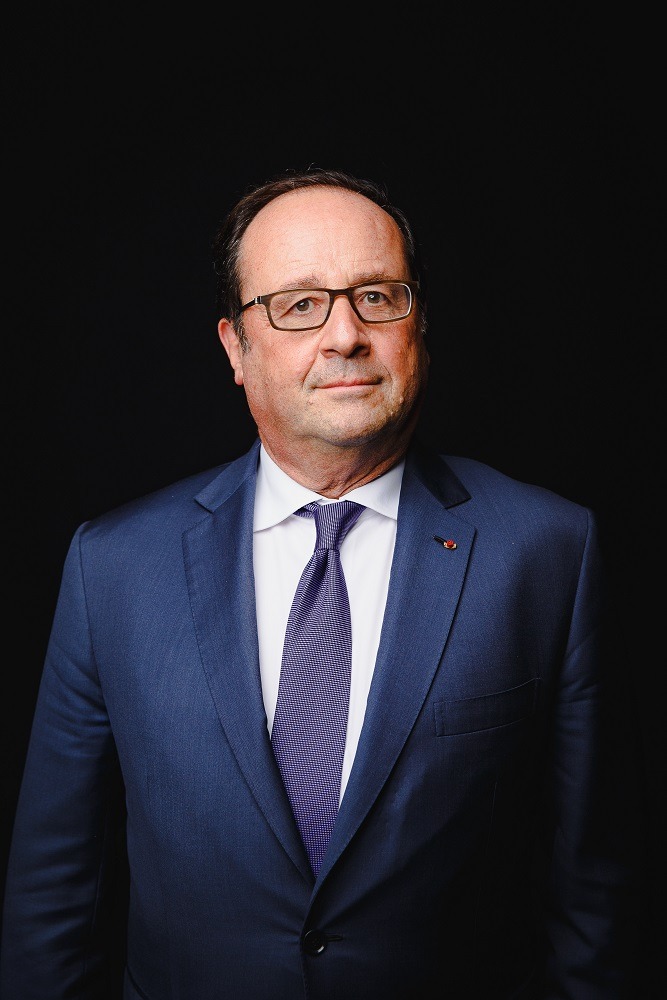
Five months prior, tobacconists had gathered in Paris, to protest the mooted plans to introduce the regulations while ministers from ten countries gathered in the city.
The protesters disabled traffic speed cameras by covering them with bin liners.
The newly regulated cigarettes hit the shelves at the start of 2017.
New Zealand (2018)
Although New Zealand began mooting the possibility of plain packaging just after Australia passed the policy into law in 2012, it wasn’t until 8 September 2016 that the New Zealand parliament passed the legislation.
The government released its final regulations in June 2017, with the new rules coming into force on 14 March 2018 – giving retailers 12 weeks to transition to standardised packaging.
On 6 June 2018, the newly-regulated tobacco products went on sale across the country, featuring no company logos or imagery.
It also has warnings covering 75% of the front of the packet, and 100% of the back.
Norway (2018)
On 31 May 2016, Norwegian minister of health and care services, Bent Høie, announced he would introduce a tobacco packaging bill into parliament.
The bill was passed on the 9 December 2016, with the law coming into effect in July 2017, and plain-packaged products sold on the market a year later.
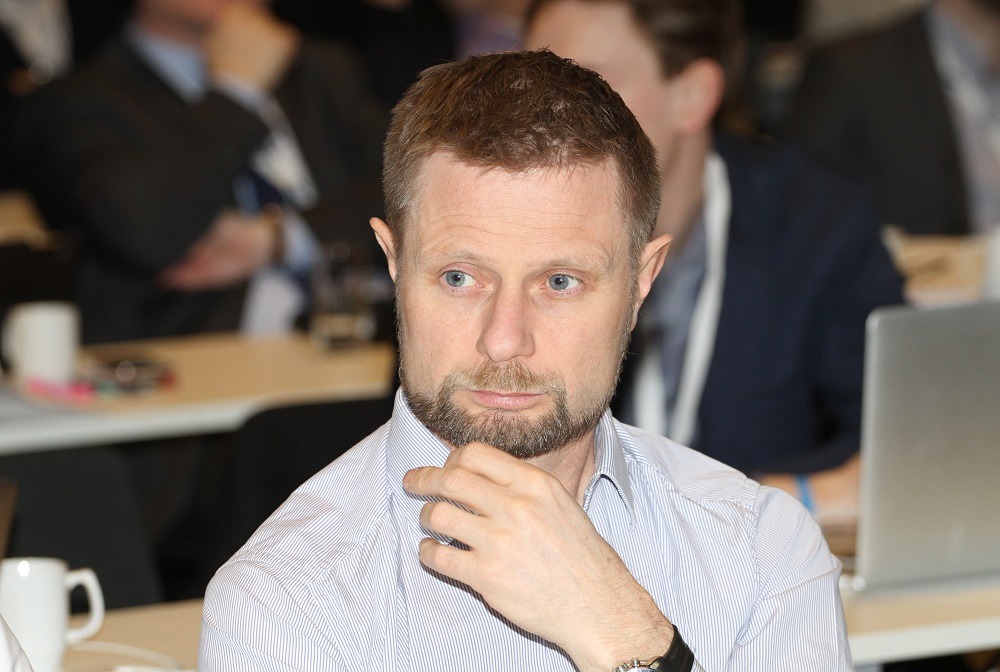
In September 2017, this July deadline had been put in doubt after Swedish Match – a producer of moist powder tobacco product snus – sought an injunction to delay the implementation.
This was later rejected by the Norwegian courts.
Ireland (2018)
Ireland’s Department of Health, which was headed up by former minister for health and current Taoiseach, Leo Varadkar, conceived the Standardised Packaging of Tobacco Act, which was passed into law in 2015.
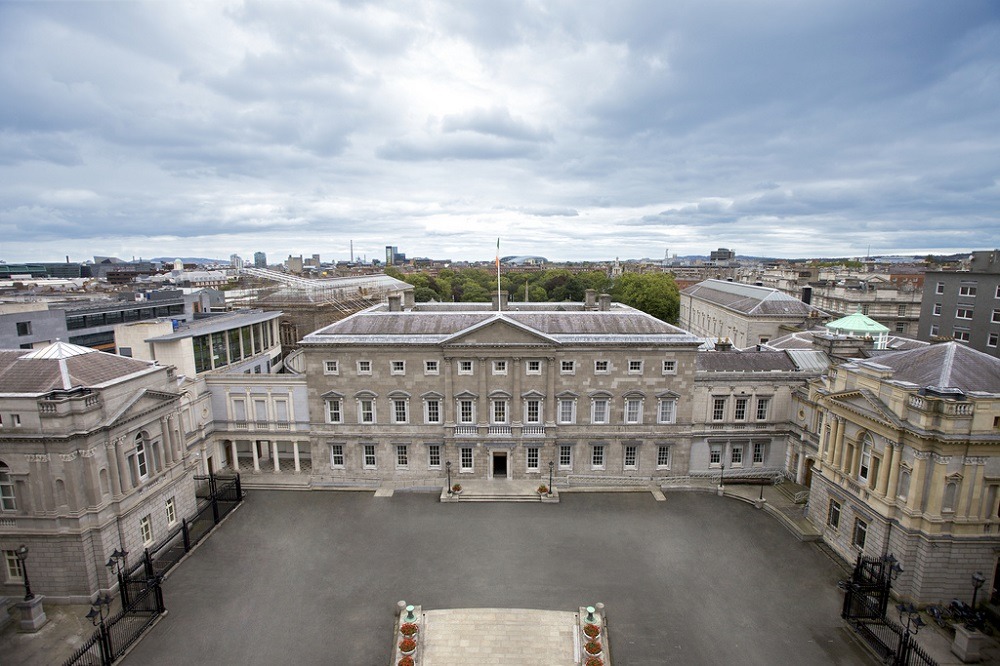
Two years later, the country’s Minister of State for Health Promotion at the time, Marcella Corcoran Kennedy, signed a commencement order of the bill, meaning all tobacco products manufactured for sale in Ireland from 30 September 2017 had to include standardised retail packaging.
Saudi Arabia (2019)
In September 2018, the Saudi Arabian Food and Drug Authority informed the WHO it intended to introduce plain packaging of tobacco products in the country.
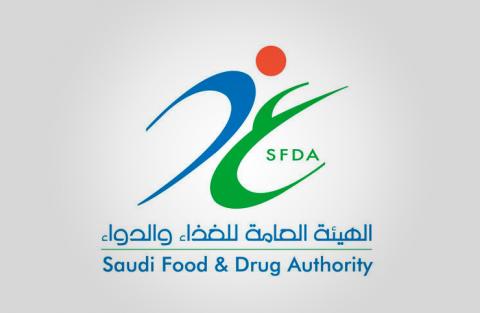
It gave manufacturers and importers of tobacco products in the Arab state a grace period until 1 May 2019, with a failure to comply with the new legislation after this period resulting in legal action.
Saudi Arabia hopes the new regulation will help contribute to the country’s tobacco control agenda, which forms part of its 2030 vision for the promotion of public health.
Hungary (2019)
Plain packaging for tobacco products in Hungary is the final stage of a new set of regulations to be implemented in the country.
As part of The Decree 239/2016, implemented in August 2016, all cigarette packaging must carry health warnings across 65% of its front and back.
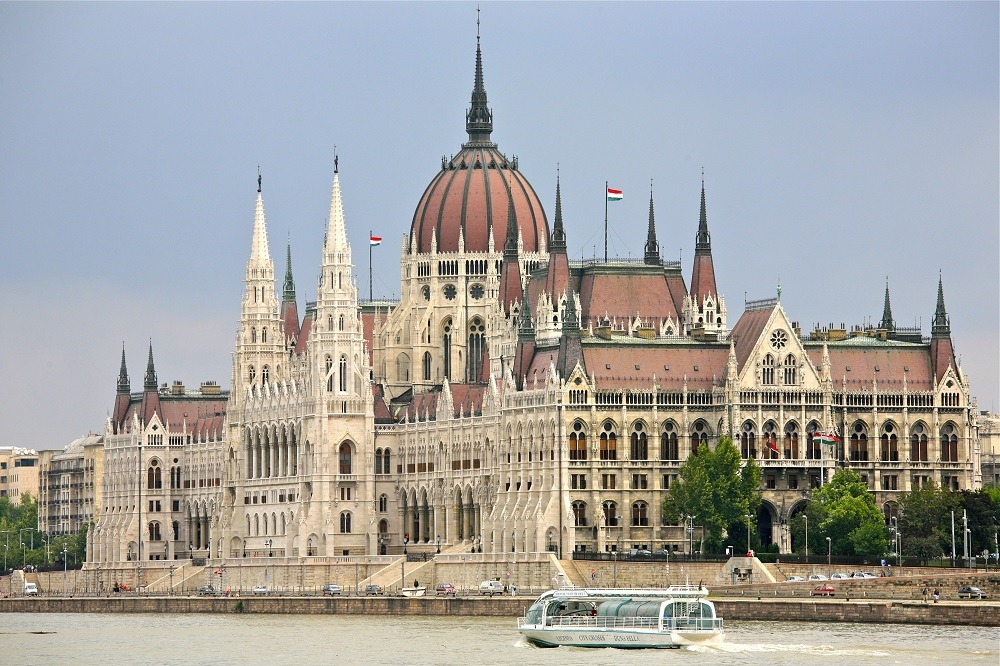
Plain packaging at a manufacturer level was introduced on 20 May 2018, with the uniformed products appearing at retail level a year later.
Future countries to implement plain tobacco packaging
Thailand (2019)
The plain tobacco packaging laws in Thailand will be implemented as part of the country’s 2017 Tobacco Act.
This indicates laws including making a minimum purchasing age of 20 for tobacco products, as well as bans on both sales of single cigarettes and product advertisements, promotions and sponsorship.

These plain packaging controls – which will make Thailand the first country in Asia and low-to-middle income nation to adopt such a policy – will be introduced for manufacturers on 10 September 2019, and for retailers on 8 December 2019.
Canada (2019)
As part of its Tobacco Strategy, the Canadian government announced plans in May 2019 to implement plain packaging for tobacco products in an effort reduce the amount of smokers from 17% down to 5% by 2035.
The proposals, which include the prohibition of brand colours, graphics and logos on packs, were up for consultation from 23 June 2018 to 6 September 2018.
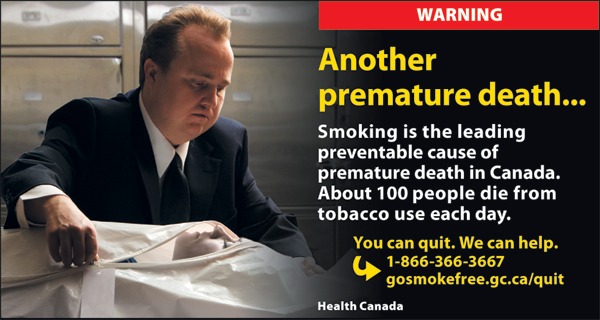
These new plain packaging laws will come into force on 9 November 2019.
Speaking at the time of the announcement, Canada’s Minister of Health Ginette Petitpas Taylor said: “The evidence is overwhelming that plain packaging is an effective way to drive down tobacco use, especially among young people.”
Uruguay (2019)
On 6 August 2018, the Uruguayan president Tabaré Vázquez signed the Plain Packaging Decree, designed to help advance the implementation of neutral or generic labelling for cigarette boxes in the country.

Speaking on the announcement at the time, Mathew L Myers, president of the Campaign for Tobacco-Free Kids, said: “This rapid implementation of plain tobacco packaging further cements the legacy of President Vázquez and his government as leaders in the global movement to protect citizens’ health by reducing tobacco use.”
When introduced on 21 December 2019 for both manufacturers and retailers, Uruguay will be become the first Latin American country to introduce plain packaging on tobacco products.
Slovenia (2020)
Slovenia’s parliament passed a law on 15 February 2017 to impose plain tobacco packaging from 2020, alongside legislation designed to reduce tobacco advertising in the country.
The Slovenian tobacco law also prohibits the smoking in cars with a child present, and the introduction of a licence for businesses selling tobacco products.
This new legislation will be introduced in the country for both manufacturers and retailers on 1 January 2020.
Israel (2020)
On 12 November 2018, Israel’s Knesset Economic Committee began deliberations on the Law for Restricting Advertising and Marketing of Tobacco Products.

The bill, which passed on the 8 January 2019, ensures cigarette packaging will be designed to look as unattractive as possible, using what is known as the “ugliest colour in the world”, Pantone 448c.
This is due to be implemented on 8 January 2020 for both manufacturers and retailers.
